Klarna may seem to make shopping easier and more “smoooth” – but at what cost? We’ve discovered something they might not want you to know (but we definitely do).
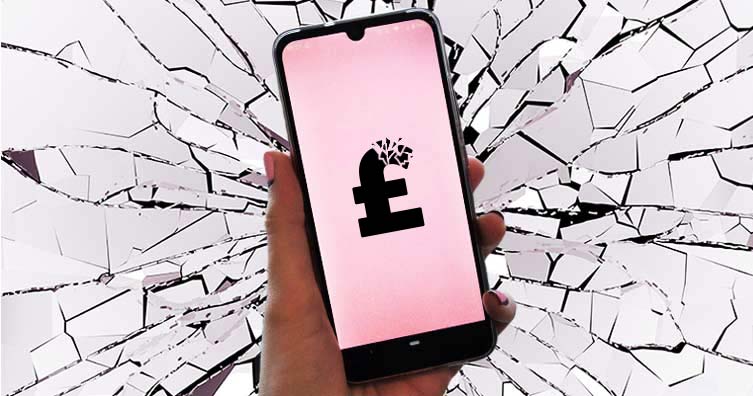
Credit: Arsgera – Shutterstock
As a leader in the ‘buy now, pay later’ (BNPL) movement, Klarna is an increasingly popular app among students.
Its interest-free and fee-free features are particularly appealing, letting shoppers buy what they want today, and worry about repayments later with (seemingly) little risk to their bank balance.
Think this sounds too good to be true? We thought so too, so we decided to look into the real impact of their payment services on the way we shop – and we were pretty shocked by what we found.
What’s in this guide?
What is Klarna?
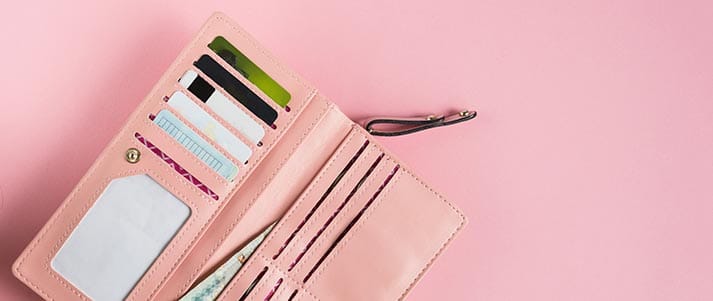
Credit: Inna Dodor – Shutterstock
Klarna is one of the largest banks in Europe, offering online payment services to shoppers around the world. It was co-founded in 2005 by its current CEO, Sebastian Siemiatkowski, along with Victor Jacobsson and Niklas Adalberth.
The company pushes the central message that you can buy what you want today, and deal with payments later. And, currently, it’s hard to come across an online retailer in the UK that doesn’t offer Klarna’s BNPL services at checkout.
But as we’ll explain in more detail later, there’s a reason why so many shops are keen to offer you the option to buy now and pay later. That, it seems, is because they want your money – and more of it.
Of course, Klarna is not the only BNPL service available to shoppers in the UK. You might have come across other ones, too, like Clearpay, PayPal Credit and Laybuy.
However, Klarna’s a particularly big name in the UK, running some very high-profile marketing campaigns that have seen the likes of Snoop Dogg, Lady Gaga and Tan France (to name a few) promoting them.
As we’re aware that some of our readers use Klarna, we looked into them further to make sure they’re offering responsible services to shoppers.
What we found concerned us – as did their response when we asked for comment.
Disclaimer

Credit: Olena Yakobchuk – Shutterstock
Before we go into detail about some of the key issues with Klarna and similar ‘buy now, pay later’ services for shoppers, we do want to recognise that if you’re careful and savvy, there are ways to pay for things in instalments that won’t have a major negative impact on you.
In fact, we’ve heard from some students who give Klarna positive reviews. We’re not here to tell you to never use them – we’d only hope that, if you do use Klarna or a similar BNPL service, you’re familiar with the risks so you can manage your money as effectively as possible.
Some of the risks are relatively well known, like the potential impact of BNPL services on your credit score, or the possibility of slipping into debt by owing more than you can afford.
But, on top of these, there’s another risk that not a lot of shoppers seem to realise – and that’s the way in which Klarna and other BNPL services can lead you to spend and buy more, possibly without even realising it.
When you know where to look, the statistics are there, but they’re generally in content that’s aimed at businesses. In consumer-facing content, we’ve found it to be distinctly lacking.
Our aim is to help you be as informed as possible. So, if you do decide to pay for something in instalments, you’re fully up to speed with how the payment services could impact your shopping mindset and future finances.
How does Klarna work?
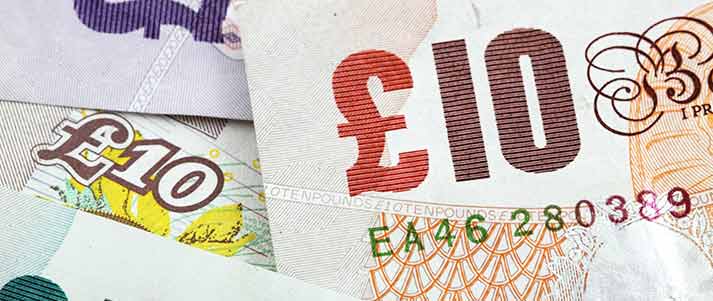
Klarna works in a number of ways, offering a few different payment services:
- Pay in 30 days – This gives shoppers up to 30 days to pay for their purchases, and a Klarna representative told us this is their most popular service. It doesn’t include interest or fees.
- Instalments (previously known as ‘Pay in 3’) – Klarna also gives shoppers the option to pay in three monthly instalments. It doesn’t include interest or fees.
- Financing (previously known as ‘Slice it’) – This is usually for higher-priced items. It’s a credit product that splits payments across six–36 months. It does include interest and there can be added fees.
Ultimately, these are credit products – so what does that mean for you as a customer?
While the potential impact of BNPL services on your credit score isn’t actually the key issue we’ll be looking at in this guide, we do still think it’s important to cover it as it is, unfortunately, a risk.
Does Klarna affect your credit score?
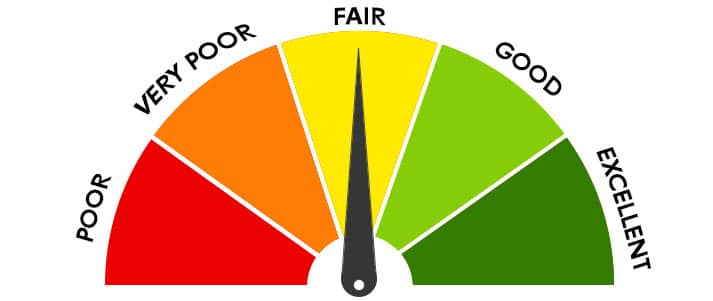
When looking at whether it’s safe to use Klarna, we need to first look at the potential impact of BNPL on your credit score. The truth is, your credit score could be affected when you use Klarna Financing, their only regulated credit product.
This is because, when you choose to pay for something with Financing, you have a hard credit check (unlike a soft credit check, as you’d have with Pay in 30 days and Instalments). Having a hard credit check means there’ll be a record of the check on your credit file with the credit reference agency (CRA).
You’d need to be approved for and sign a regulated credit agreement to start using Klarna Financing. Then, if you miss a payment, the CRA is informed and your credit score could take a hit.
We were told by a Klarna representative:
Less than 0.1% of Klarna UK customers have had their credit score impacted as a consequence of missing payments.
We know, it doesn’t sound like much. But let’s put that into context.
At the time of writing, they say on their website that 8.6m UK shoppers pay with Klarna. 0.1% of 8.6m is 8,600.
So, although “less than 0.1%” may not sound like much, that could still include several thousands of people – and that really concerns us.
What happens if you don’t pay Klarna back?
Unlike Klarna Financing, using Pay in 30 days and Instalments shouldn’t impact your credit score, but that doesn’t necessarily mean they’re safe. They can still contribute to debt.
In a blog post from 24th June 2020 called ‘Klarna Comment: BNPL Regulation Campaign.’, Klarna talk specifically about Pay in 30 days and Instalments:
With these two products, if an outstanding balance remains unpaid for several months and attempts to contact a customer have failed, we sometimes pass these over to a debt collection agency. We have carefully selected our debt collection partners to ensure that, even if the debt is passed over, use of these two Klarna products will not impact your credit score.
Evidently, saying whether or not BNPL services are safe to use is already debatable – and that’s before we’ve even really looked at how they can impact shopping behaviours.
Shoppers spend more with ‘buy now, pay later’ services

Credit: Josep Suria – Shutterstock
When researching Klarna, we came across an article on the Knowledge section of their website called ‘How ‘Buy Now, Pay Later’ is Transforming Online Shopping’.
It had a publication date of 30th October 2019 and remained live on the site until October 2020. In the very same week that we asked Klarna about it, the article was taken down.
The article appeared to be aimed at businesses and it included some statistics that were quite… interesting, to say the least.
Included below the heading ‘How Klarna installments affect shopping‘ [sic] were these statistics:
- “68% increase in average order value from shoppers paying with installments”
- “44% of users say they would have abandoned their purchase if installments weren’t available.”
A Klarna representative told us that these statistics refer to the US market, but that’s not the only country where BNPL services have been seen to lead to an increase in spending.
In the same article as the US stats (above), Klarna also referenced a report from the Australian Securities and Investments Commission (ASIC) from 2018 that looked at BNPL services in Australia. Among those stats were:
- “60% of users are young, aged 18–34 years”
- “55% of users reported they are spending more than they did before the BNPL era.”
As we’ll cover shortly, we’ve also seen a UK-based company say that shoppers’ average basket sizes generally increase when there’s the option to pay later.
In their article, Klarna had written:
In short: this is THE method preferred by millenials, the hard-to-reach consumer group born roughly between 1980 and 2000.
Is Klarna acting responsibly?
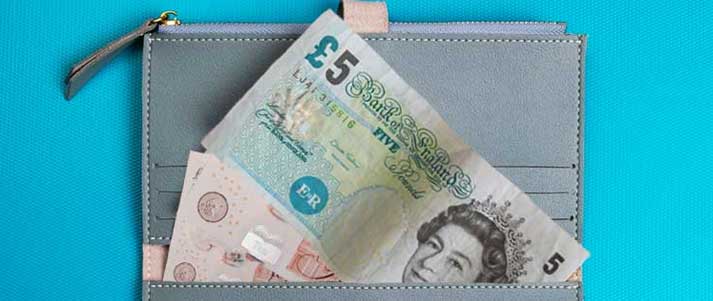
Credit: Yevgen Kravchenko, kamui29, Bell Photography 423 – Shutterstock
Initially, when we first reached out to Klarna while doing research for this guide, we referenced the statistics in their article which, at that point, was still live on their site.
In that email, we asked one specific question:
Please could I receive a comment from Klarna on whether the company views it as responsible for their payment services to knowingly lead users, who are often young people with lower incomes, to spend and buy more?
In response, we were sent a two-sentence comment from a Klarna spokesperson:
Our Instalments product helps consumers spread the cost of higher-value purchases over several months, helping them manage their cashflow more effectively, with no interest or fees ever. The average age of a Klarna consumer is 33 years old and the fastest-growing demographic is in fact Generation X (40 – 54 years old).
It’s safe to say, we were pretty disappointed with this response.
Having asked explicitly about whether they viewed it as responsible, we had hoped for an explicit reference to this in return.
In particular, we found it frustrating that their comment included the average age of a Klarna consumer, and which age group is the fastest-growing demographic, as this in no way changes the fact that young people use their services.
After this guide was published, we heard back from a Klarna representative with updated comments. They said:
We invest significantly in educating our customers on responsible spending. In addition to KlarnaSense, encouraging customers to pause before purchase to ensure they are shopping responsibly. This follows our Mindful Money series launched in 2019 where we work with experts to provide consumers with tips and guides to better money management.
We provide a better, more transparent and more manageable alternative to traditional credit. Our services provide consumers with a clear repayment schedule, no interest charges and no late fees. We believe that by offering a no-cost, transparent and manageable alternative to traditional credit cards, our offer is a positive benefit to UK consumers.
Why was Klarna’s article taken down?

Credit: fizkes – Shutterstock
As shoppers, we all deserve transparency when it comes to our money. So, when we noticed that the article, ‘How ‘Buy Now, Pay Later’ is Transforming Online Shopping’, had been taken down, this worried us.
In response to Klarna’s comment, we asked why the article was no longer live.
They told us:
We regularly review and refresh blog content.
We have since noticed a further change on their site: the ‘Knowledge’ section that had included that particular article, among others aimed at businesses, is no longer live.
Looking further into Klarna
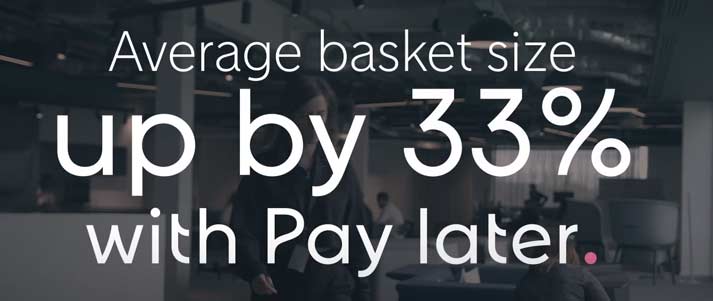
Screenshot: ‘Klarna X Gymshark: Case study’ video – YouTube
As well as the article we mentioned earlier, there are several videos on Klarna’s YouTube account that appear to be aimed at businesses, with stats that emphasise the way in which BNPL services lead shoppers to spend and buy more.
One is a video, posted in April 2019 on Klarna’s account, ‘Klarna X Gymshark: Case study‘. Klarna link to the video from the ‘Klarna for business’ section of their site.
In the video, Niran Chana, named in the video as Trading Director at Gymshark (which is a UK-based company), discusses the impact Klarna has had on sales:
There’s an evident uplift in using Klarna, not just on Black Friday, but just normal trading periods where you do see obvious incremental spend, rises in average basket value.
One of the areas that I was really keen to keep an eye on was actually our returns impact – so, you know, were people just spending for the sake of it and then returning because they knew that they could spend?
And we’ve not seen any real hit.
Similarly, in another video on Klarna’s YouTube account called ‘Klarna – Pay later in 30 days – UK‘ from 6th May 2020, there are the following stats:
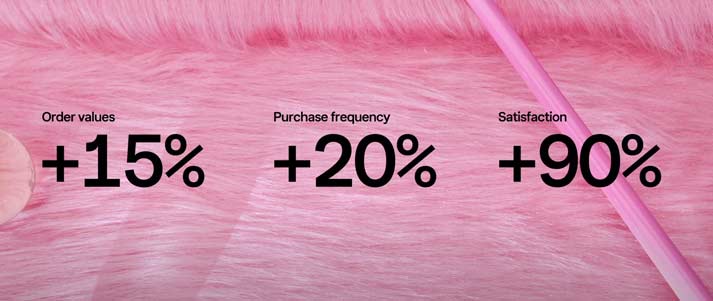
Screenshot: ‘Klarna – Pay later in 30 days – UK’ video – YouTube
The video’s clearly aimed at retailers, with the voiceover saying:
Add ‘Pay later in 30 days’ to your checkout today for a better shopping experience.
You’ll get an increase in average order value, a higher purchase frequency and very satisfied customers.
From what we can see, Klarna appears to be geared up to make the shopping experience as easy and enjoyable as possible for customers, with the understanding that this will lead them to spend more.
But who really benefits from this?
Shoppers may feel satisfied as the experience is intended to be extremely smooth but, from a financial perspective, Klarna and the retailers seem to be the real winners in the transactions.
Why do you spend more when you shop with Klarna?

Credit: Pormezz – Shutterstock
There are a few reasons why Klarna’s BNPL services could lead people to spend more – the most likely being that it can feel like there’s less need to wait until payday, or until your next Student Loan instalment arrives, to make a purchase.
Plus, when there’s the option for payments to be split up into smaller chunks, purchases can seem less daunting.
As Klarna say themselves on their Twitter bio, “you can get what you love today”.

Screenshot: Klarna’s Twitter page – Twitter
With Klarna encouraging shoppers to focus on what they want “today”, it’s important to ask: what are the long-term risks of using Klarna and similar BNPL services?
Is Klarna safe?
For starters, as you could end up spending more when you use Klarna, think about the impact it could have if you’re shopping this way every month, or even every other month.
This would add up. By the end of the year, you could have spent a significant amount more than you would have done otherwise, only making it harder for you to afford the full price of things that you need next year.
As a result, you could see an increased chance of falling into debt and, if you’re using Klarna Financing, your credit score might be affected if you struggle to keep up with repayments.
While Pay in 30 days and Instalments might not damage your credit score, the possibility of your outstanding balance getting passed over to a debt collection agency is, in itself, very scary.
A recent report from the Money and Mental Health Policy Institute (MMHPI) has actually found that as many as 56% of people who use ‘buy now, pay later’ services think that they make it too easy to get into debt.
The report also found that four in 10 felt encouraged to spend more than they could afford when there’s the option to pay for things later.
If you do use Klarna, we’d suggest being really mindful of the common temptation to spend more with BNPL than you would otherwise. Keep in mind the statistics and info covered in this guide and take your time when making purchases.
Before getting anything, ask yourself whether you’re buying it because you need it, or simply because you can. The more you ask this, the less you could end up spending and the safer your financial situation can be.
Save the Student’s take
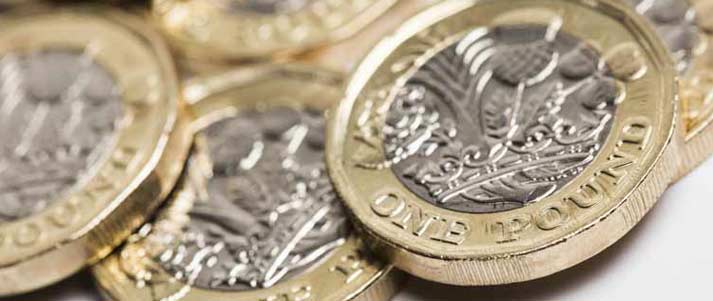
Credit: Ink Drop – Shutterstock
At Save the Student, we’re all about helping you save, make and manage your money. It’s perhaps no surprise, then, that we’re not big fans of BNPL services…
While we’re stopping short of telling you never to use these payment services, from everything we’ve looked at in this guide, we’d strongly suggest you avoid them.
Jake Butler, Save the Student’s money expert, said:
Don’t be fooled into thinking Klarna is there for your benefit. The intention is to make it easier for you to part with your money.
There is an argument that you can use BNPL services responsibly and many would argue that this is a safer way to borrow than the alternatives. This doesn’t make it a good thing.
If you normalise paying for things in this way it could encourage poor, and often risky, financial behaviour in the future.
Rather than encourage students not to use the service, I would recommend that more thought goes into whether you would make the purchase if the service didn’t exist. If the answer is no, then it’s best to abandon your basket.
If you’ve not yet tried swap sites, we’d recommend them – they’re a great way to refresh your wardrobe, without spending a penny.
Save the Student




Average Rating